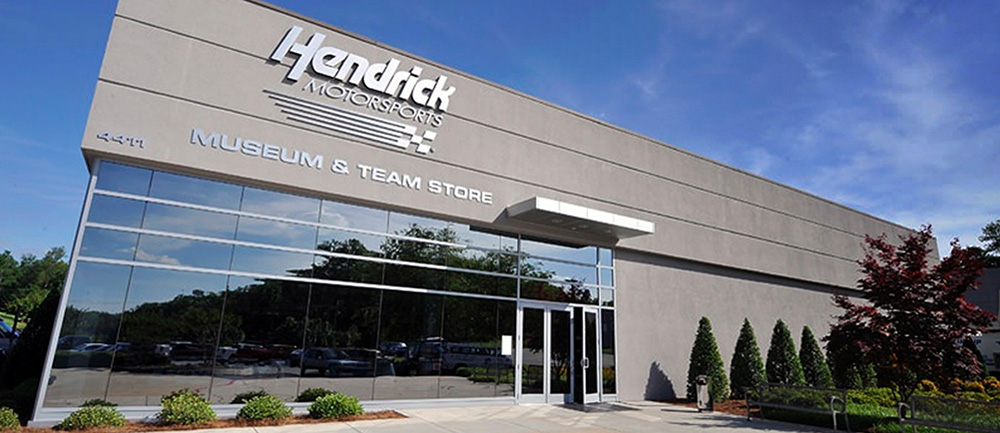
Inside Talladega aerodynamics with Timmy Petchak
With Talladega (Ala.) Superspeedway next on the NASCAR Sprint Cup schedule, Timmy Petchak, aerodynamic fabricator for the No. 88 AMP Energy/National Guard Chevrolet, offered his insight on a few track-related topics:
Q. What is bumpdrafting, exactly, and who does it well?
Petchak: Bumpdrafting is when one car moves in behind another and gently pushes the lead car forward. Drafting is the division of the air resistance between the two cars or three cars and so on. The lead car moves through clean air and leaves a trail of turbulent air behind. This makes it easier for the cars behind to catch the lead car because they are not paying the drag penalty of the lead car.
As for who does it well, of course our drivers -- Dale Earnhardt Jr., Jeff Gordon, Jimmie Johnson and Casey Mears -- but also Elliot Sadler, Tony Stewart and Kurt Busch. It’s the trust and respect that these guys have for one another. They use this to help each other gain positions on the track.
Q. What did you learn, if anything, from Daytona (Fla.) International Speedway that will translate over to Talladega Superspeedway?
Petchak: Well, Daytona was the second plate race for this new car. We will continue to learn at Talladega as well. The drivers typically need a better handling car for Daytona, whereas Talladega has less of a radius in the corners and it’s smoother, so it’s pretty much flat-out the whole time. You always take the speedway car with the least amount of drag to Talladega.
The characteristics of Talladega and Daytona are very different. Talladega is bigger, smoother and has newer pavement. It is an awesome place to do your speedway testing now. Daytona, on the other hand, is bumpier. The surface is worn and aged, and the corners are tighter so the driver has to put more wheel in the car to go left. This can slow the car down and wears the tires more.
Q. Is Talladega Superspeedway an aerodynamicist’s dream or nightmare track? Why?
Petchak: I really like Talladega. When your car runs well here and has a shot to win, you know that your team has really done a great job with the construction of the car. You know your team has paid extra attention those little things-- the fine details to reduce the drag of the race car.
Q. What strategies can a team employ to improve its position while drafting?
Petchak: Well, you just try to stay together the whole race. You pit together for fuel and tires so every one gets back up to speed quicker than if you were to pit alone or try to run alone on the track. A driver looks for his select few drafting partners and tries to stay with them. The ultimate goal is to put yourself in a position to win at the end of the race. These drivers are incredible, and they use their God-given talent and their racer instinct to make split-second decisions to improve their position.
Q. The rear of the car and the splitter are the only two major aerodynamic features that engineers can adjust. What are NASCAR’s rules regarding these adjustments? What do the adjustments do?
Petchak: We have to run 10 degrees of rear wing angle, When NASCAR hangs their weights on the wing to see how much it will deflect, we are only allowed half of a degree. This means 9.5 degrees is the lowest you can be and pass inspection. The front splitter, on the other hand, can only be adjusted in and out. You can have a four, five or six-inch splitter. The farther out you move it, the more the downforce load over the front tires increases. The more wing angle you use, the downforce load over the rear tires is increased as well as the drag.







